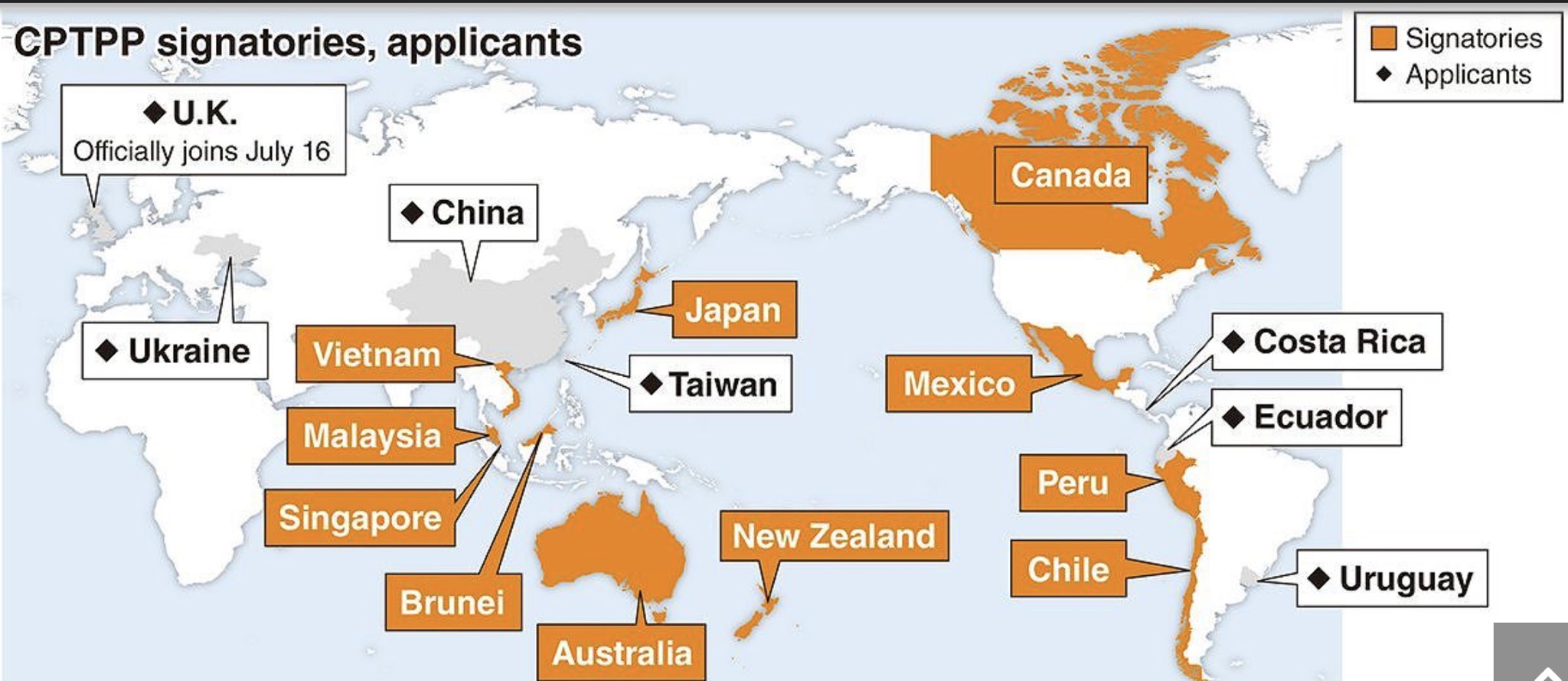Trump's Britain Trade Agreement: A Comprehensive Overview

Table of Contents
Negotiation History and Key Players
The path to a potential US-UK trade agreement under President Trump was paved by years of evolving transatlantic relations and the UK's decision to leave the European Union. The negotiations were inherently intertwined with Brexit, as the UK sought to establish new trade partnerships independent of the EU.
- Timeline of major events: Initial discussions began informally shortly after the Brexit referendum in 2016. Formal negotiations, however, faced significant delays due to internal political issues in both countries. Key announcements regarding the progress (or lack thereof) were often met with market volatility.
- Roles of key negotiators and political figures: On the US side, key figures included Robert Lighthizer, the United States Trade Representative, and various members of the Trump administration. The UK's negotiation team saw a rotation of high-profile officials throughout the process.
- Impact of Brexit on the negotiations: Brexit significantly complicated the negotiations. The UK's departure from the EU created a new trade landscape, requiring the US to navigate its relationship with both the UK and the EU simultaneously. This added layers of complexity and uncertainty to the discussions.
Potential Benefits for Britain
Proponents of a US-UK trade agreement under the Trump administration touted several potential benefits for Britain:
- Increased market access for British goods: The deal promised significant reductions in tariffs and trade barriers for British goods, including agricultural products and manufactured goods, opening up substantial opportunities for UK businesses to access the large US market.
- Boost to GDP growth and job creation: Supporters argued that the increased trade would stimulate economic growth, creating new jobs in various sectors and potentially boosting the UK's GDP.
- Potential for increased foreign investment: Improved trade relations were expected to attract increased foreign investment from US companies into the UK, further contributing to economic growth.
- Specific examples of sectors expected to benefit: Industries like automotive, pharmaceuticals, and financial services were predicted to benefit substantially from reduced trade barriers.
Potential Drawbacks for Britain
Despite the potential upside, concerns existed regarding the potential drawbacks for Britain:
- Concerns about food safety standards and environmental regulations: Some feared that a US-UK trade deal could lead to a lowering of UK food safety and environmental standards to align with those of the US, potentially harming consumers and the environment.
- Potential negative impact on certain industries: Certain sectors, such as agriculture, could potentially face increased competition from cheaper US imports, leading to job losses or reduced profitability.
- Concerns about data protection and intellectual property rights: Concerns were raised regarding the potential weakening of UK data protection laws and intellectual property rights protections to accommodate US interests.
- Potential increase in trade barriers with the EU: A trade deal prioritizing the US could negatively impact the UK's trade relationship with the EU, creating new trade barriers and reducing market access within the bloc.
Potential Benefits for the US
The Trump administration also envisioned several benefits for the US:
- Increased market access for US goods and services: The agreement aimed to provide greater access for US goods and services into the UK market, reducing tariffs and non-tariff barriers.
- Opportunities for US businesses to invest in the UK: The deal was expected to incentivize US companies to invest in the UK, creating jobs and bolstering the US economy.
- Potential to reduce the US trade deficit with the UK: The administration hoped that the deal would help reduce the US trade deficit with the UK.
- Specific examples of sectors expected to benefit: Sectors like agriculture, technology, and manufacturing were anticipated to significantly benefit from expanded market access.
The Agreement's Status and Future Outlook
Ultimately, a comprehensive trade agreement between the US and UK under the Trump administration was not fully realized before the end of his presidency. While discussions progressed, a complete agreement remained elusive, leaving the future of US-UK trade relations uncertain.
- Key provisions of the finalized agreement (if any): No comprehensive agreement was reached. Some limited trade arrangements may have existed, but nothing amounting to a substantial, bilateral trade deal.
- Ongoing challenges and potential future negotiations: The relationship continues to be complex, impacted by both domestic political issues and broader global trade dynamics. Future negotiations between the US and the UK will likely address many of the same issues considered during the Trump era.
- Impact of changes in US or UK governments: Changes in leadership on either side of the Atlantic significantly shape the direction and priorities of trade negotiations.
- Comparison to trade agreements with other countries: The potential US-UK trade agreement’s trajectory can be analyzed in comparison to other trade deals the US has pursued or finalized, revealing common trends and challenges.
Conclusion:
Trump's attempts to secure a substantial trade agreement with Britain proved significantly more challenging than initially anticipated. While the potential benefits for both nations were considerable—increased market access, economic growth, and job creation—significant drawbacks also existed, including concerns about regulatory standards, potential negative impacts on specific industries, and the complexities of navigating post-Brexit trade relations. To fully understand the implications of Trump's Britain Trade Agreement, or rather, the lack thereof, and its lasting effects on US-UK relations, continue your research using reputable sources such as government reports and academic journals. Stay informed about developments regarding future US-UK trade agreements by following updates from leading trade organizations and news outlets.

Featured Posts
-
 Totalitarian Threat Lais Ve Day Address Underscores Taiwans Security Concerns
May 09, 2025
Totalitarian Threat Lais Ve Day Address Underscores Taiwans Security Concerns
May 09, 2025 -
 Strong Parks And Streaming Performance Boost Disneys Profit Forecast
May 09, 2025
Strong Parks And Streaming Performance Boost Disneys Profit Forecast
May 09, 2025 -
 Riski Novogo Naplyva Ukrainskikh Bezhentsev V Germaniyu Vliyanie Politiki S Sh A
May 09, 2025
Riski Novogo Naplyva Ukrainskikh Bezhentsev V Germaniyu Vliyanie Politiki S Sh A
May 09, 2025 -
 Hollywood Production Frozen Wga And Sag Aftra Strike Update
May 09, 2025
Hollywood Production Frozen Wga And Sag Aftra Strike Update
May 09, 2025 -
 Chto Ozhidat Ot Oboronnogo Soglasheniya Makrona I Tuska 9 Maya
May 09, 2025
Chto Ozhidat Ot Oboronnogo Soglasheniya Makrona I Tuska 9 Maya
May 09, 2025
